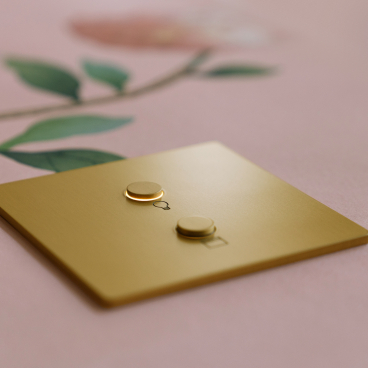Here's to an illuminating 2022: Everything you need to know about genuine neon signs.
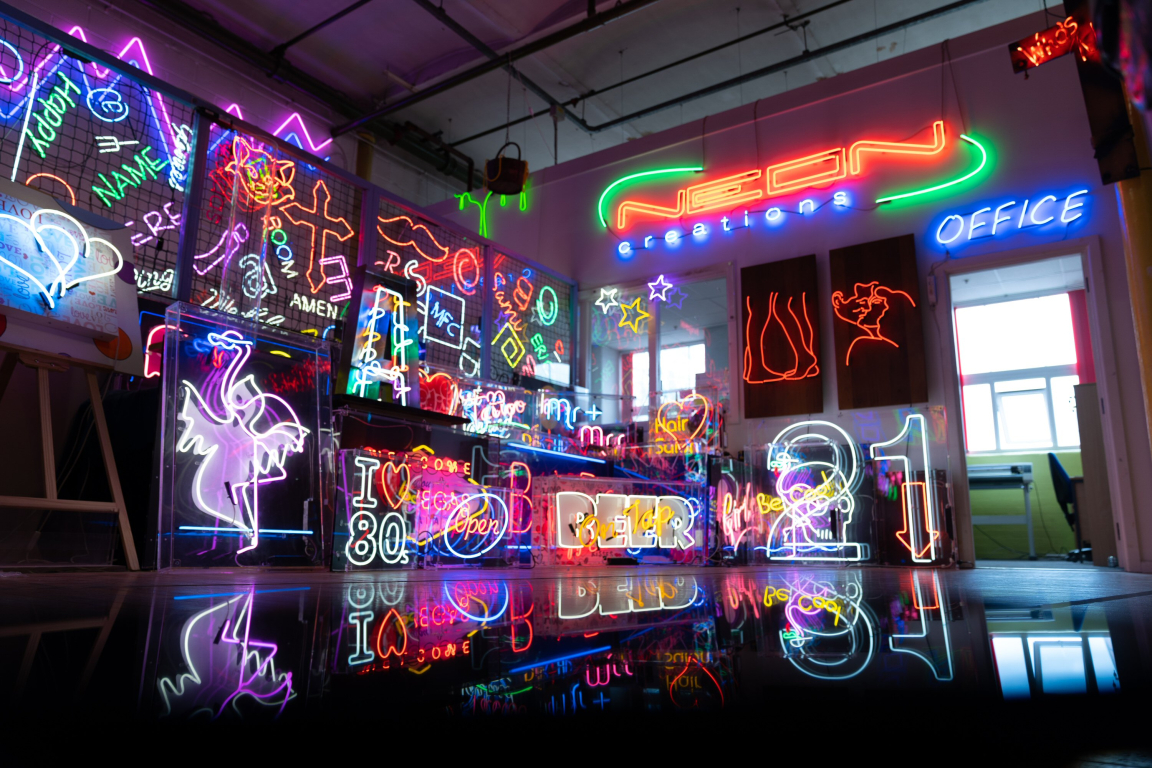
Over the past few years, there has been an increase in the manufacture and supply of LED alternatives to neon signs.
"In a world where technology and product developments take place at a rapid pace, this is neither surprising, nor problematic", comments Catherine Spink of Neon Creations - a specialist in creating genuine neon signs, neon lights and neon art.
But, what Neon Creations, and other craftspeople working with genuine glass neon take umbrage with, is when these LED alternatives are marketed and sold as neon signs. This has led to many misconceptions surrounding what constitutes genuine neon.
Here, Catherine busts some of the myths surrounding the illuminating world of glass neon signs...
Myth 1: Neon signs contain toxic gases
Neon and argon gas are both inert gases which are found in the earth’s atmosphere. Whilst argon filled tubes do contain a very small amount of mercury, this is such a small amount that it is not harmful if a neon tube breaks.
Myth 2: Neon signs are expensive to run
A typical size of neon sign that would be used in a home or business for decorative or branding purposes, will cost £60 or less per year to run, which is approx 16p per day.
This is based on the sign being turned on for 10 hours per day, and running at 100 Watts. Most of our neon signs run at much less than 100 Watts.
If you are comparing neon against an LED alternative, you may get told that LED signs are much cheaper to run. Based on the above example of a neon sign at 100 Watts, an identical size and design LED sign would cost around 3.5p per day in electricity.
Myth 3: Neon signs are hot to touch
Neon signs are warm to the touch but shouldn’t get hot. The only time a neon tube may become hot is if it has been made badly, or if it is being powered by the incorrect size transformer.
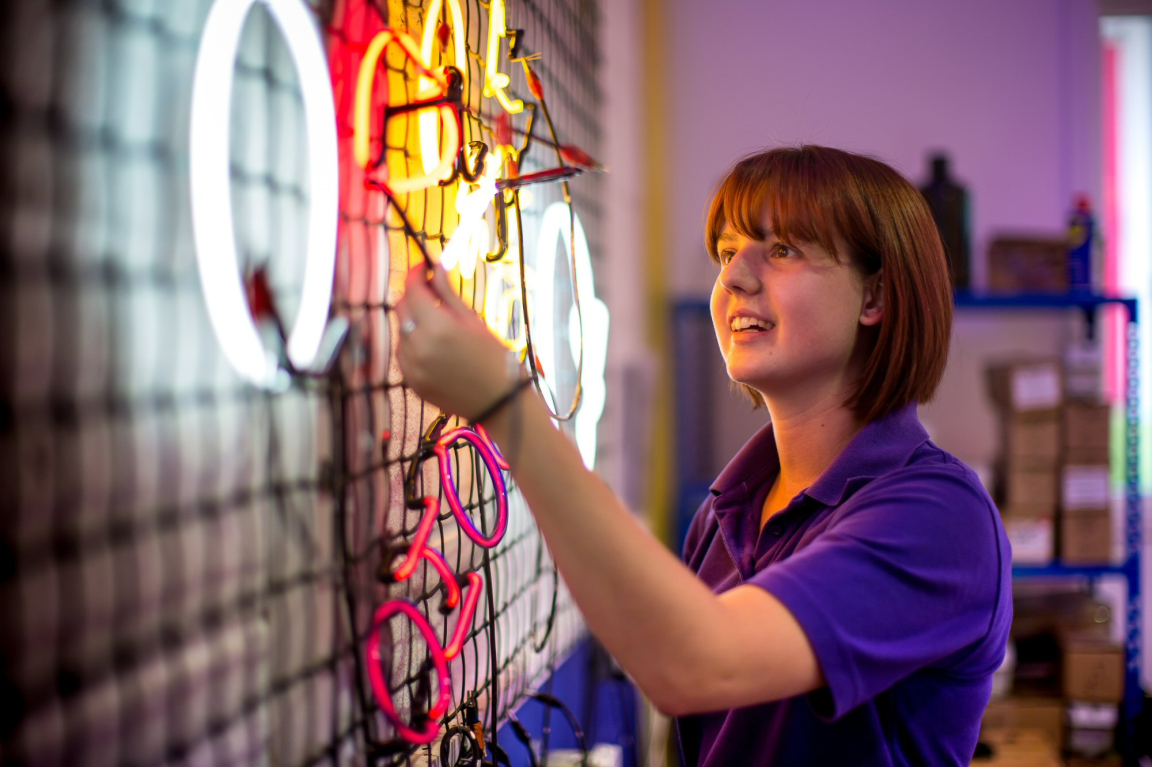
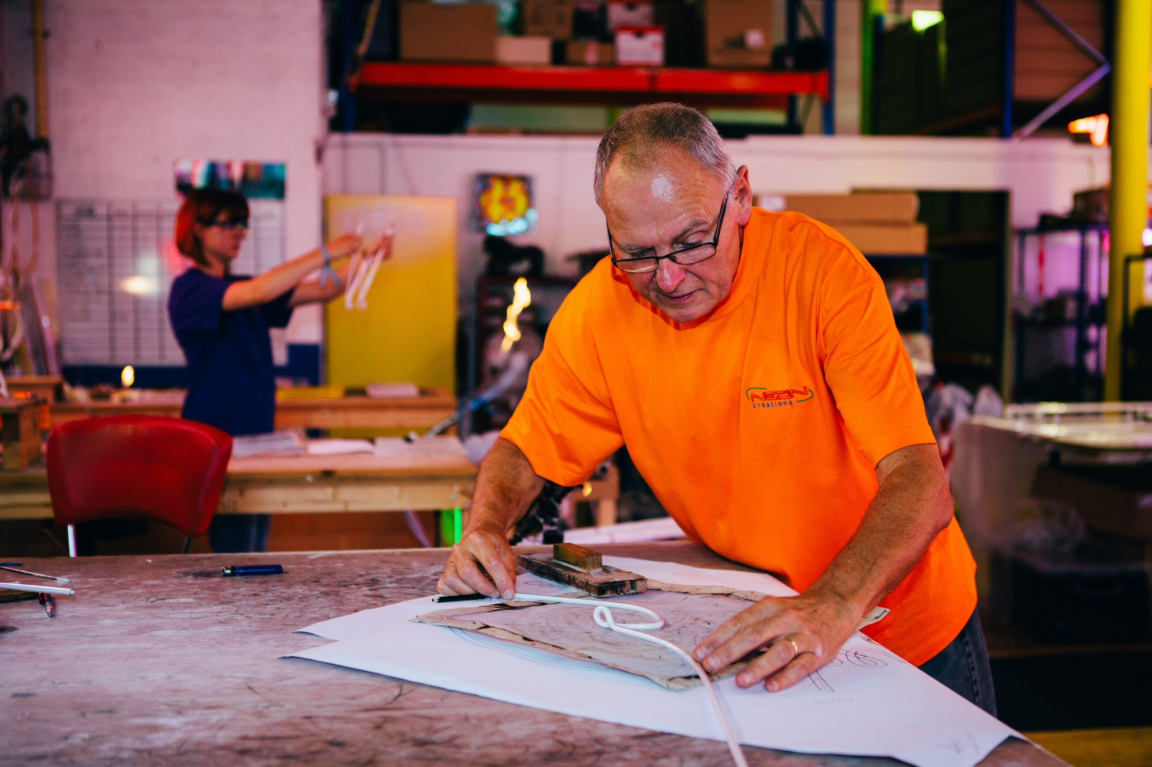
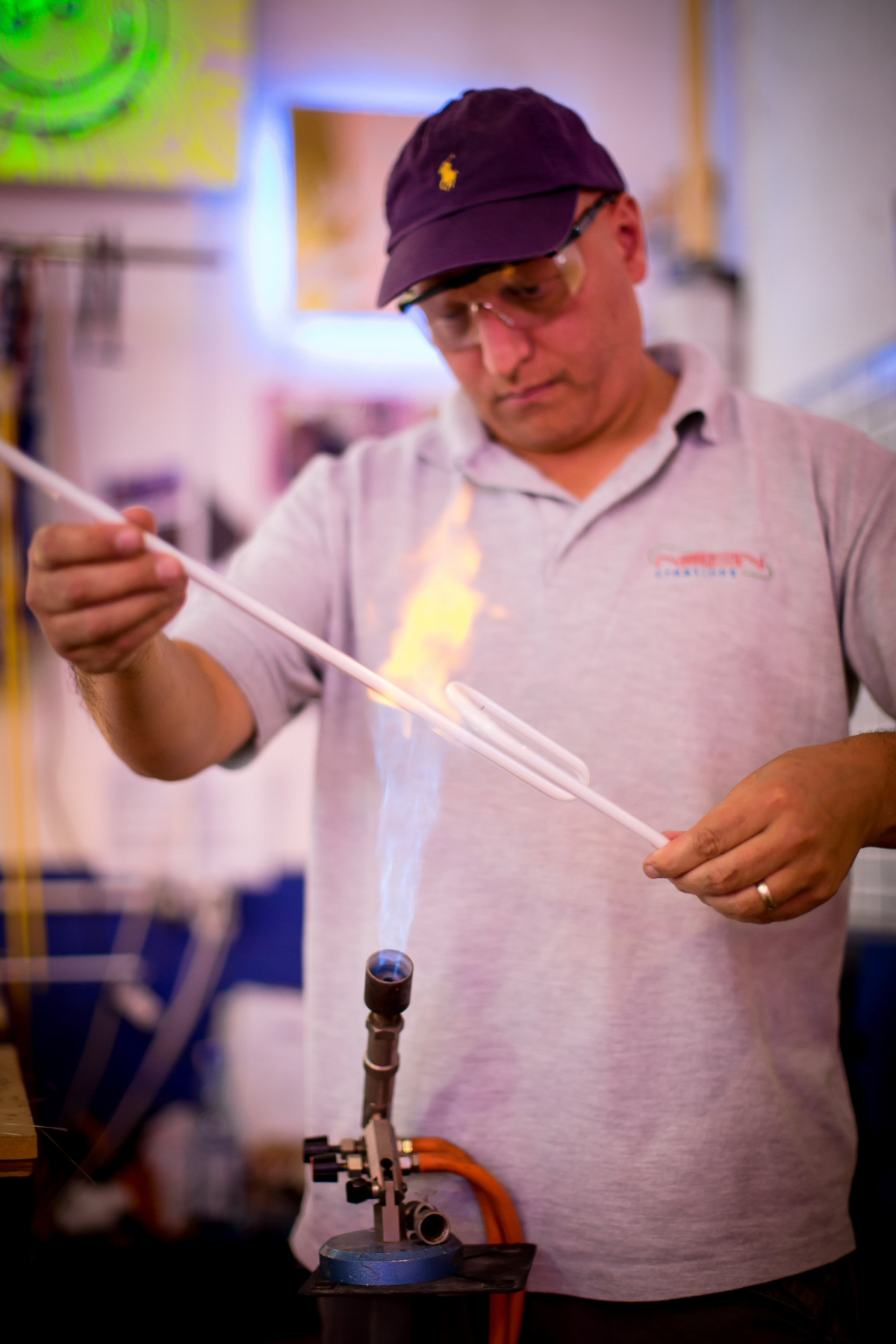
Myth 4: Neon signs are dangerous because they are high voltage
It is true that neon signs run from high voltage transformers, however, the transformers that we use are fitted with open circuit and earth leakage protection so that if the neon tube gets broken then the power will immediately cut off.
Whilst they are high voltage, the transformers generally only draw 0.8 of an amp, and their output is 20mA (based on the average transformer that we use).
Myth 5: Neon signs are easily breakable as they are made from glass
It is correct that the neon tubes are made from glass and are therefore in their nature fragile. However, if they are handled correctly and carefully during transportation and installation, then there is no reason at all why the glass will get broken.
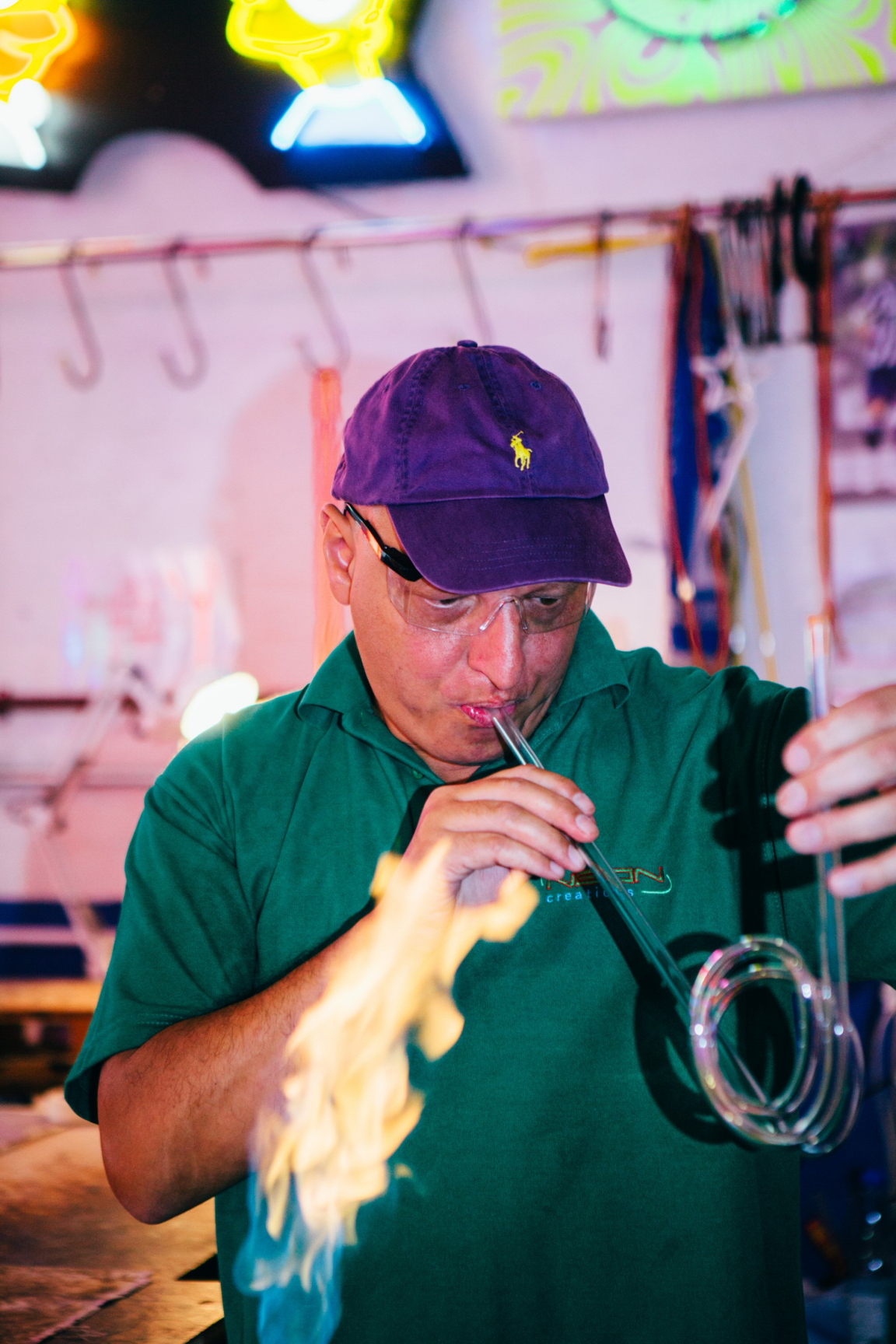
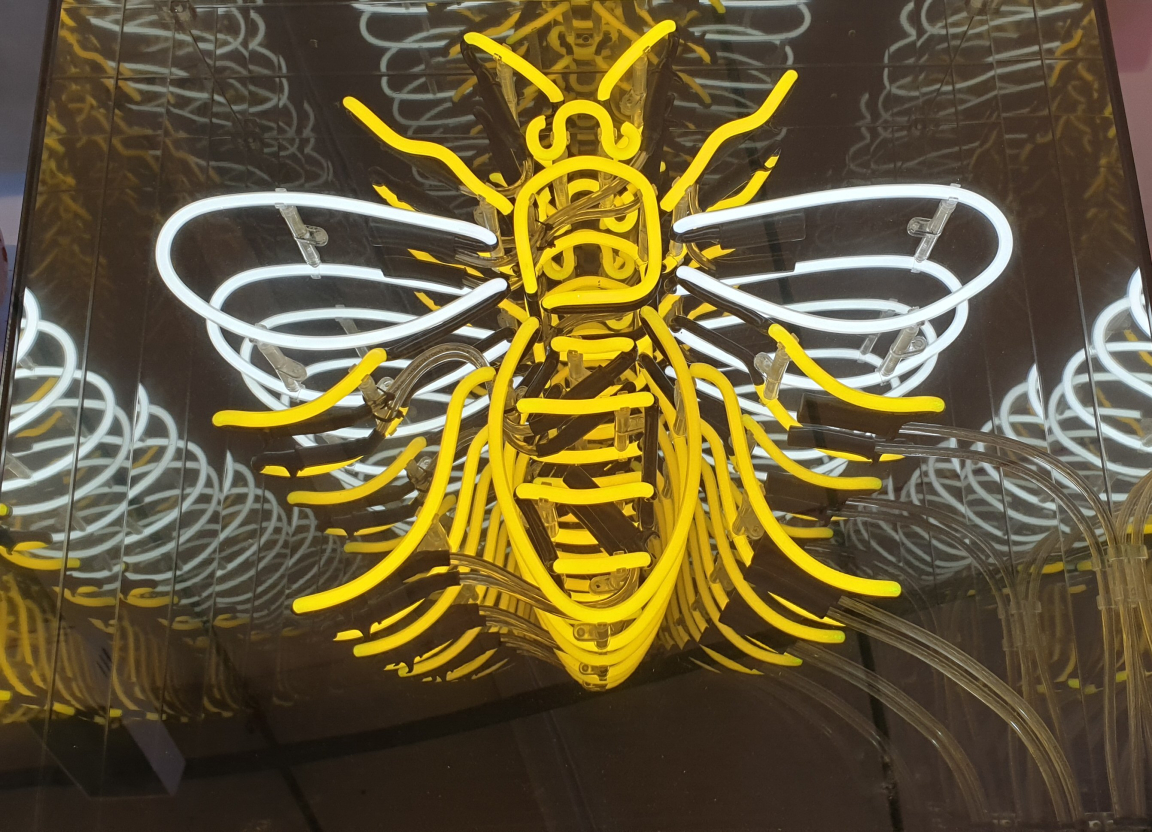
Myth 6: Neon signs are not as environmentally friendly as LED signs
Neon signs are fully recyclable as they are made from glass. Many LED signs end up in landfill. Many LED signs are also shipped to the UK from abroad leaving a bigger carbon footprint than a product that is made in the UK and shipped within the UK.
At Neon Creations, we manufacture neon signs in-house. We understand that there is a place for both neon and LED, and that there are instances where it is not possible to use neon or that some clients may also prefer to use LED. In fact, we even supply LED alternatives when asked for them, which we source from a UK based manufacturer.
Regardless, we're passionate about educating when it comes to our craft, so any purchase made is an informed one. Have more questions about neon? Visit the Neon Creations POD at Material Source Studio, or come along to our workshop and see our experts in action.




